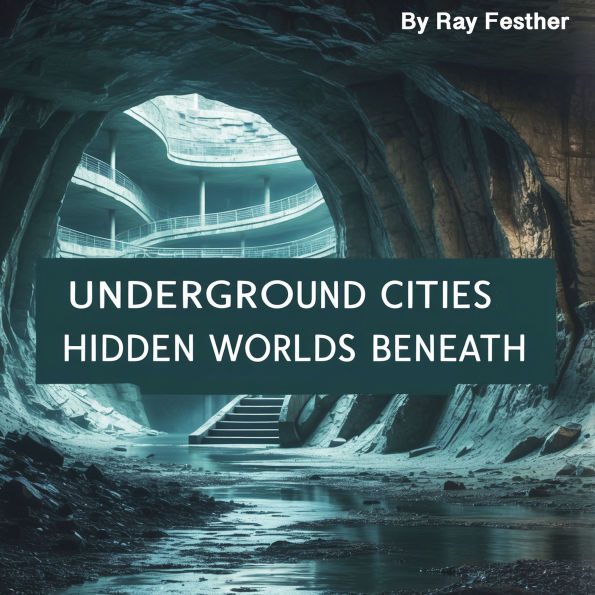This audiobook is narrated by a digital voice.
Beneath our feet lies a hidden universe of tunnels, chambers, and cities that have sheltered humanity for thousands of years. From the volcanic caves of Cappadocia to the limestone catacombs of Paris, underground settlements represent one of civilization's most enduring responses to the challenges of survival, defense, and community building. These subterranean worlds reveal humanity's remarkable adaptability and ingenuity, transforming the earth's dark depths into thriving centers of life, commerce, and culture.
The impulse to build underground cities stems from fundamental human needs that transcend time and geography. Throughout history, communities have turned to the earth's protective embrace when faced with warfare, extreme weather, religious persecution, or simply the desire for security and privacy. The underground offers what the surface world often cannot: complete control over environment, absolute defense against enemies, and immunity from the unpredictable forces of nature and politics that have shaped human destiny.
Archaeological evidence suggests that subterranean construction began almost as soon as humans developed the tools to excavate stone and soil effectively. The earliest underground settlements were often natural caves modified for human habitation, but as civilizations advanced, they began creating entirely artificial subterranean environments. These projects required sophisticated engineering knowledge, including ventilation systems, water management, structural support, and waste disposal methods that rival modern urban planning in their complexity.
This audiobook is narrated by a digital voice.
Beneath our feet lies a hidden universe of tunnels, chambers, and cities that have sheltered humanity for thousands of years. From the volcanic caves of Cappadocia to the limestone catacombs of Paris, underground settlements represent one of civilization's most enduring responses to the challenges of survival, defense, and community building. These subterranean worlds reveal humanity's remarkable adaptability and ingenuity, transforming the earth's dark depths into thriving centers of life, commerce, and culture.
The impulse to build underground cities stems from fundamental human needs that transcend time and geography. Throughout history, communities have turned to the earth's protective embrace when faced with warfare, extreme weather, religious persecution, or simply the desire for security and privacy. The underground offers what the surface world often cannot: complete control over environment, absolute defense against enemies, and immunity from the unpredictable forces of nature and politics that have shaped human destiny.
Archaeological evidence suggests that subterranean construction began almost as soon as humans developed the tools to excavate stone and soil effectively. The earliest underground settlements were often natural caves modified for human habitation, but as civilizations advanced, they began creating entirely artificial subterranean environments. These projects required sophisticated engineering knowledge, including ventilation systems, water management, structural support, and waste disposal methods that rival modern urban planning in their complexity.

Underground Cities: Hidden Worlds Beneath

Underground Cities: Hidden Worlds Beneath
FREE
with a B&N Audiobooks Subscription

Product Details
| BN ID: | 2940195556648 |
|---|---|
| Publisher: | Daphne Haydens LLC |
| Publication date: | 06/01/2025 |
| Edition description: | Unabridged |
Videos

